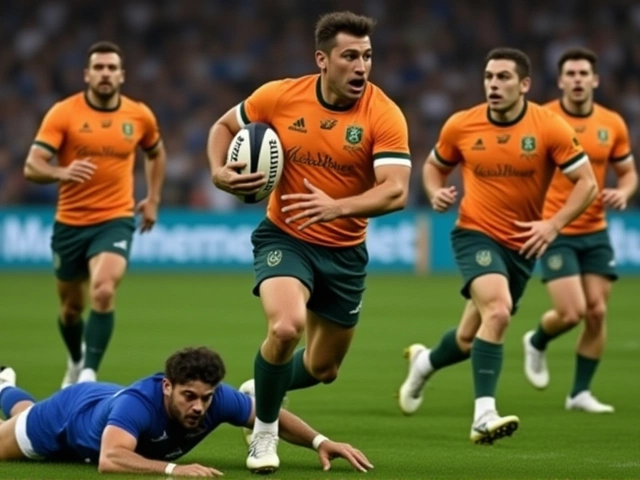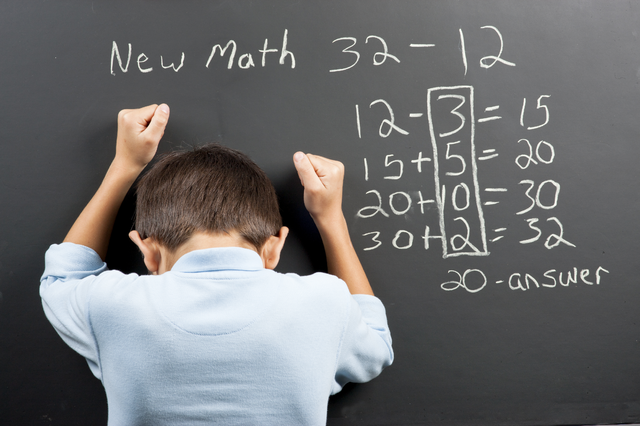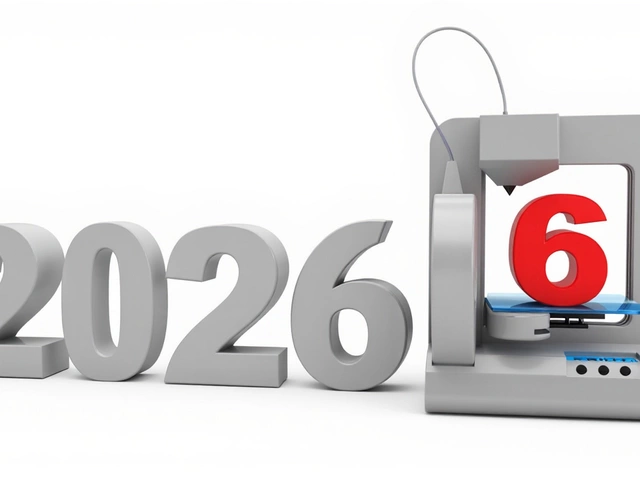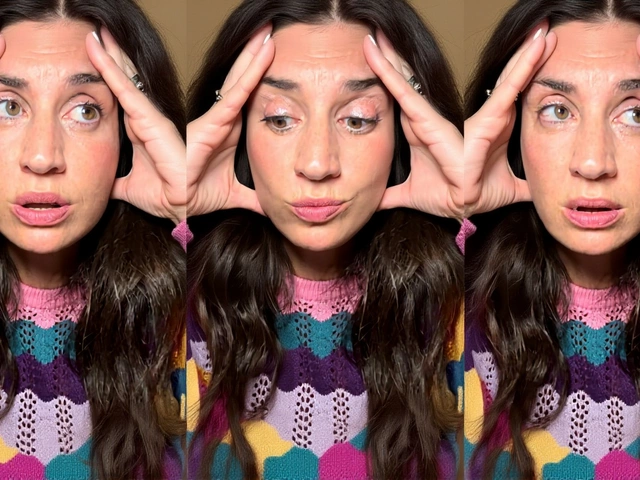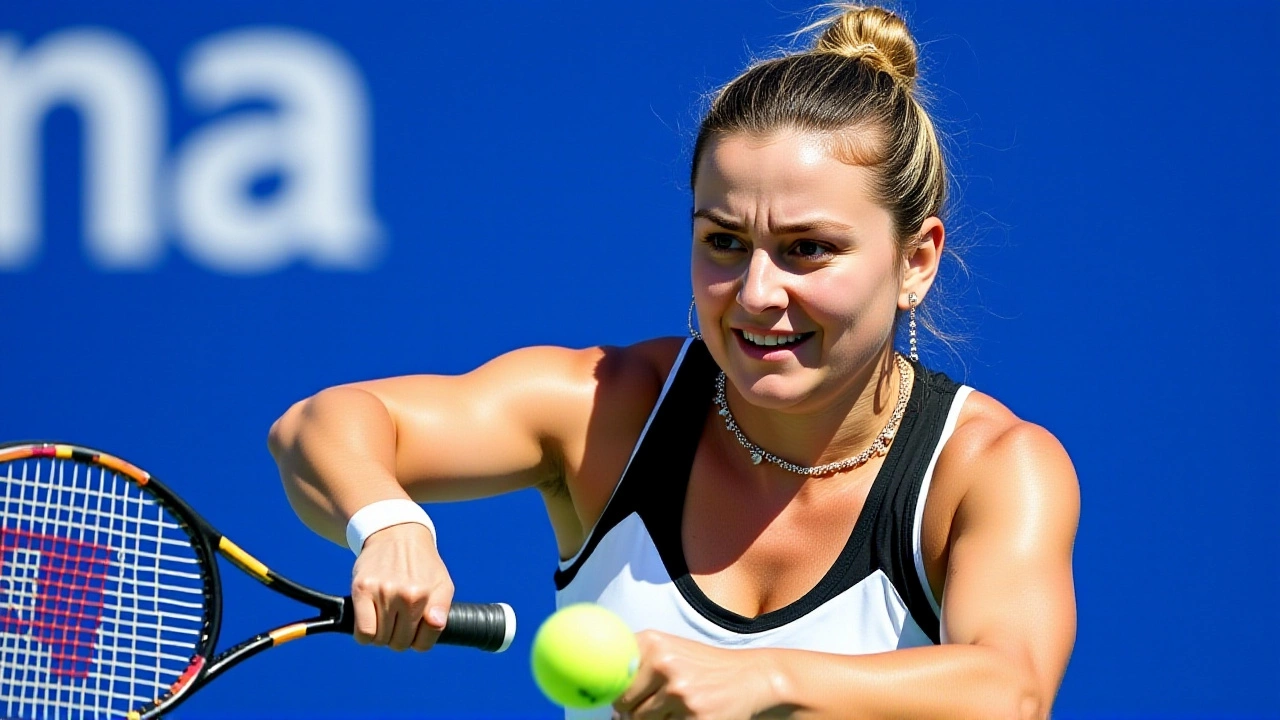 9
Oct,2025
9
Oct,2025
When Aryna Sabalenka, a 27‑year‑old Belarusian and world No. 1 women’s tennis player, opened her 2025 US Open campaign with a 7‑5, 6‑1 win over Swiss qualifier Rebeka Masarova, the crowd at Arthur Ashe Stadium erupted in cheers. The match kicked off at 18:45 UTC on Sunday, August 24, 2025, marking the first round of the 2025 US OpenUSTA Billie Jean King National Tennis Center, New York City. Sabalenka’s victory not only kept her title defence alive but also nudged her win total in major‑level matches to 59 since the start of 2023 – the highest figure among women on the WTA Tour.
Background: Sabalenka’s Rise and the US Open Legacy
Since breaking into the top‑10 in early 2022, Sabalenka has built a reputation for relentless aggression and a powerful two‑handed backhand. She first claimed the US Open crown in 2024, a triumph that completed her collection of all four Grand Slam titles. The 2024 victory was her third career Grand Slam, following wins at the 2021 Australian Open and the 2023 French Open. Historically, the last woman to defend the New York title was Serena Williams in 2014, so a back‑to‑back win would end a decade‑long drought – the longest such gap since the tournament scrapped the Challenge Round in 1912.
The US Open, now in its 145th edition, is a hard‑court spectacle staged on Laykold acrylic surfaces. The venue complex spans 46.5 acres and houses 22 courts, including the 23,771‑seat Arthur Ashe Stadium and the 14,061‑seat Louis Armstrong Stadium. The United States Tennis Association (USTA) runs the event from August 18 through September 7, 2025, making it the final Grand Slam of the calendar year.
First‑Round Showdown: Set‑by‑Set Recap
Sabalenka slipped an early break in the opening game of the first set, giving Masarova a brief surge of confidence. Yet the Belarusian powerhouse fought back, breaking at 4‑4 and saving a set point at 5‑5 with a blistering forehand winner. At 6‑5 she clinched the set 7‑5, a swing that seemed to shift the match’s momentum entirely. The second set unfolded as a one‑sided affair; Sabalenka rattled off six straight games, dropping only a single point on Masarova’s serve before sealing the set 6‑1.
Statistically, Sabalenka served 8 aces and hit 17 winners, while Masarova managed 3 double‑faults and 4 unforced errors. The first‑set duration was 44 minutes; the total match time clocked in at 1 hour 12 minutes, according to the official match tracker maintained by the Women’s Tennis Association.
What the Win Means for the Title Defence
By advancing to the second round, Sabalenka positions herself to face the winner of the Day 2 match between Madison Keys and Coco Gauff. Both opponents have the firepower to challenge a No. 1 seed, so the road ahead won’t be a cakewalk.
Analyst Mary Carillo noted, “Sabalenka’s ability to absorb early pressure and still finish the set strong is a hallmark of a champion. If she keeps this mental toughness, a back‑to‑back US Open is within reach.”
From a rankings perspective, a second‑round appearance preserves Sabalenka’s 5,300‑point cushion over the No. 2 player, Iga Świątek, who exited in the third round on the women’s side.
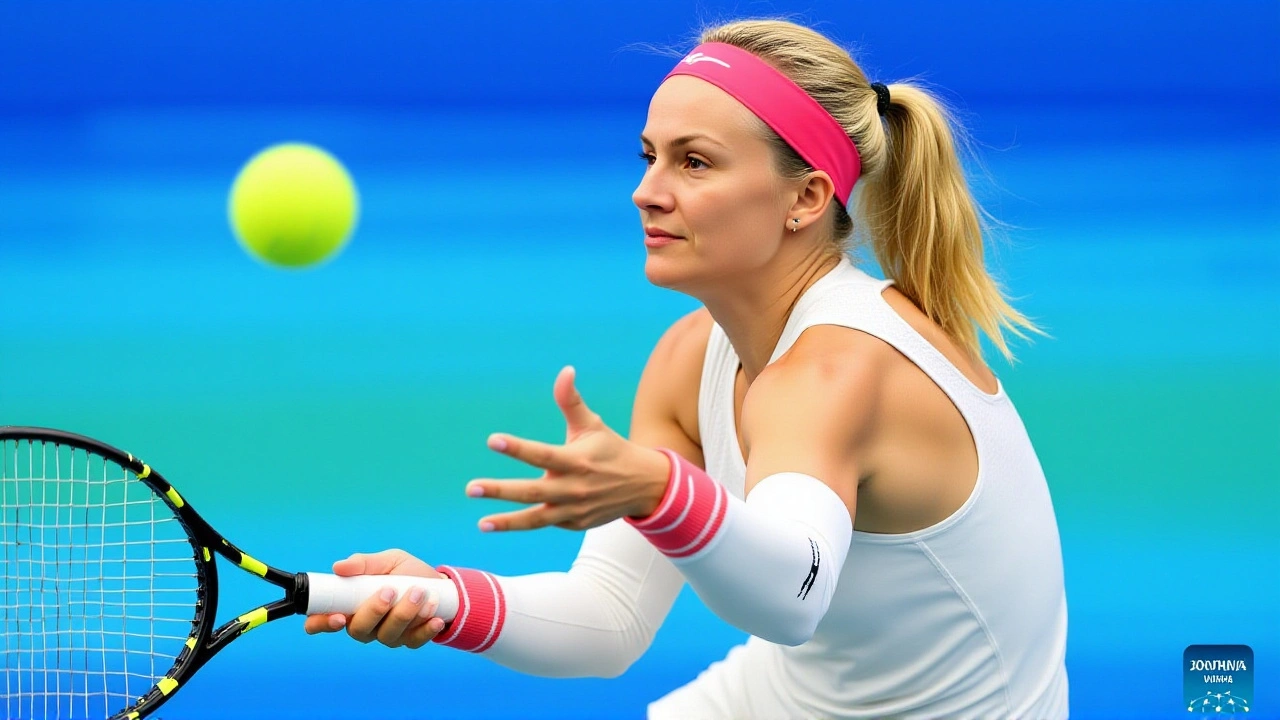
Reactions: Players, Fans, and Analysts
Addressing the roaring crowd at Arthur Ashe Stadium, Sabalenka said, "When I won that set point and you were cheering me up, I had goosebumps while I was sitting. Your support means a lot to me, and thank you so much." The statement resonated on social media, where fans posted videos of the moment with the hashtag #SabalenkaUSOpen.
Masarova, though defeated, praised the champion: "Aryna plays with such intensity. I learned a lot from this match, especially about staying focused when the set gets tight." The Swiss player’s composure earned her nods from fellow qualifiers who admire her willingness to challenge the world’s best.
USTA spokesperson David Haugh highlighted the event’s smooth operation, noting that “the 2025 edition benefits from upgraded lighting and a new fan‑engagement app, which allowed real‑time stats for millions of viewers worldwide.”
Looking Ahead: The Road to a Back‑to‑Back Crown
Sabalenka’s next hurdle could be a showdown with a rising American star, potentially setting the stage for a dramatic quarter‑final clash. Historically, players who defend the US Open title have averaged a 78 % win rate in the tournament’s second week.
Beyond the immediate goal, a successful defence would cement Sabalenka’s legacy as one of the few women to dominate the hard‑court Grand Slam in consecutive years. It would also place her in elite company alongside legends such as Chris Evert and Martina Navratilova, who each claimed multiple US Open titles back‑to‑back.
For now, the Belarusian star enjoys a brief respite while the New York summer swelters, but the pressure will only mount as other contenders sharpen their games. As the tournament progresses, every serve, every break, and every moment of crowd support could tip the balance.
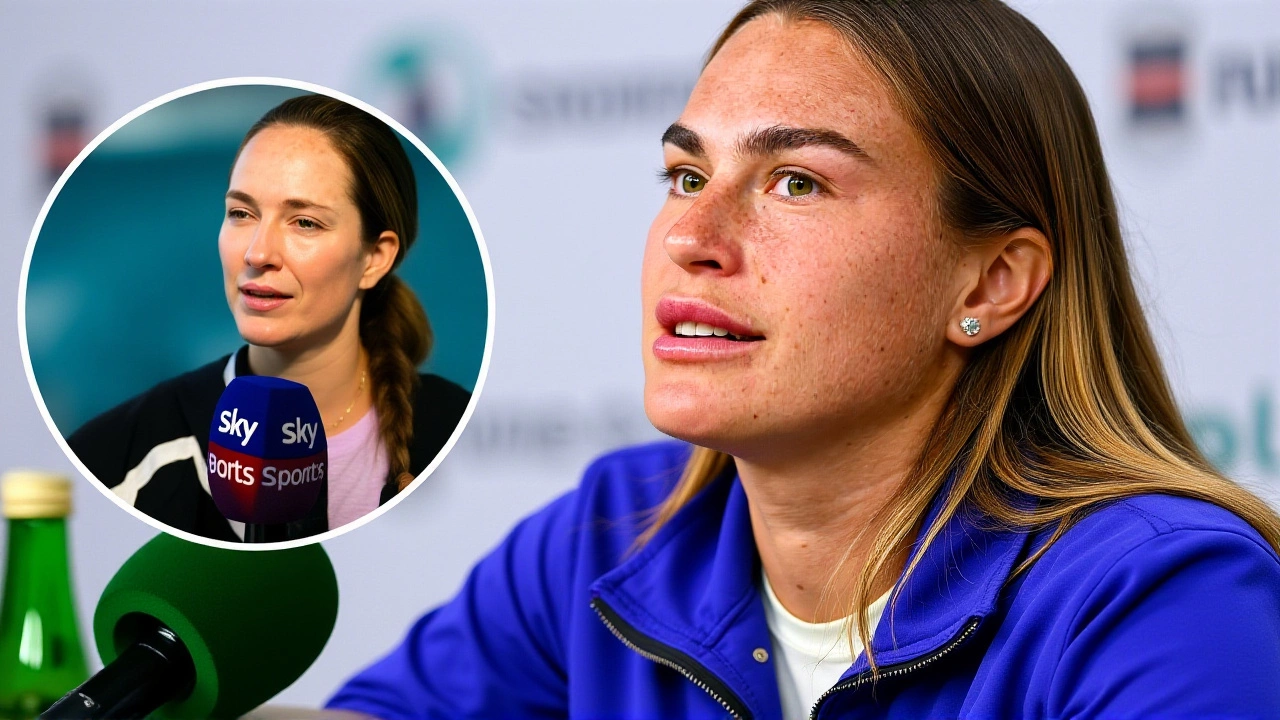
Key Facts
- Match date: Sunday, August 24, 2025 (18:45 UTC)
- Score: Aryna Sabalenka def. Rebeka Masarova 7‑5, 6‑1
- Venue: Arthur Ashe Stadium, USTA Billie Jean King National Tennis Center, New York City
- Sabalenka’s major‑match win total since Jan 2023: 59 (WTA record)
- US Open 2025 runs Aug 18 – Sep 7; 145th edition
Frequently Asked Questions
How likely is Aryna Sabalenka to defend her US Open title?
Sabalenka enters the tournament as the top seed and has already shown resilience by surviving an early break in the first round. Historical data shows that defending champions win about 78 % of their second‑week matches, and Sabalenka’s 59 major victories since 2023 underscore her form. While the draw remains tough, the odds are in her favour.
What does this win mean for Rebeka Masarova’s ranking?
Masarova earned 70 ranking points for reaching the first round, which should keep her near the top of the WTA qualifiers’ list. A win against a world No. 1 would have propelled her further, but the experience of playing in a Grand Slam main draw at Arthur Ashe Stadium is a valuable boost for her confidence.
How does the US Open’s hard‑court surface affect player performance?
The tournament uses Laykold acrylic courts, which provide a slightly slower pace than the typical hard courts at the Australian Open. The surface rewards players with strong baseline rallies and a solid serve, both of which are Sabalenka’s strengths. It also requires quick footwork to handle the ball’s low bounce.
Who are the potential challengers for Sabalenka in the later rounds?
Analysts point to a potential clash with rising American talent Coco Gauff, former world No. 1 Iga Świątek, or a seasoned veteran like Madison Keys. Each brings a different style – Gauff’s aggressive return game, Świątek’s consistency, and Keys’ experience – making the later stages of the tournament highly unpredictable.
What is the historical significance of a back‑to‑back US Open champion?
Before Serena Williams in 2014, the last woman to defend the title was Jennifer Capsell (1991‑92). A consecutive win places a player among an elite group that includes Chris Evert, Martina Navratilova and Serena Williams herself. It signals dominance on the fastest Grand Slam surface and often heralds a period of overall dominance in the sport.
